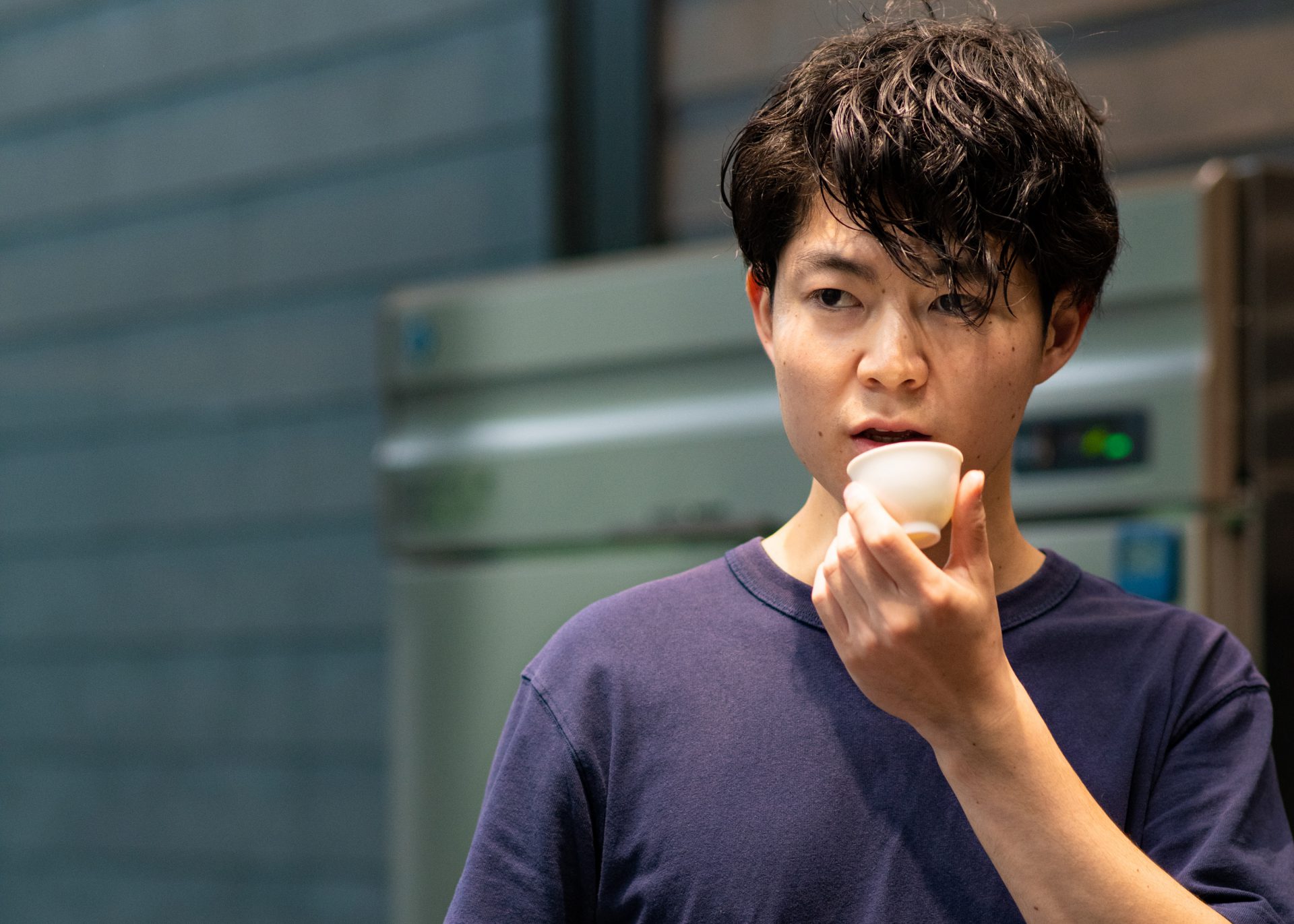A Gen Z entrepreneur is innovating the way we experience tea.
Ryo Iwamoto, 24, is the CEO of TeaRoom and a tea master.
Iwamoto entered the world of tea when he was 9 years old, and founded his company in 2018 while attending Waseda University. His company has since launched high-profile products, such as a limited-edition matcha green tea flavor cheesecake with the popular “Mr. Cheesecake” brand to commemorate its third anniversary.
Whiskey Tea, a non-alcoholic tea aged in Japanese whiskey barrels, was released in June at Tokyu Hands and has become a huge hit, selling out in stores as soon as they hit shelves.
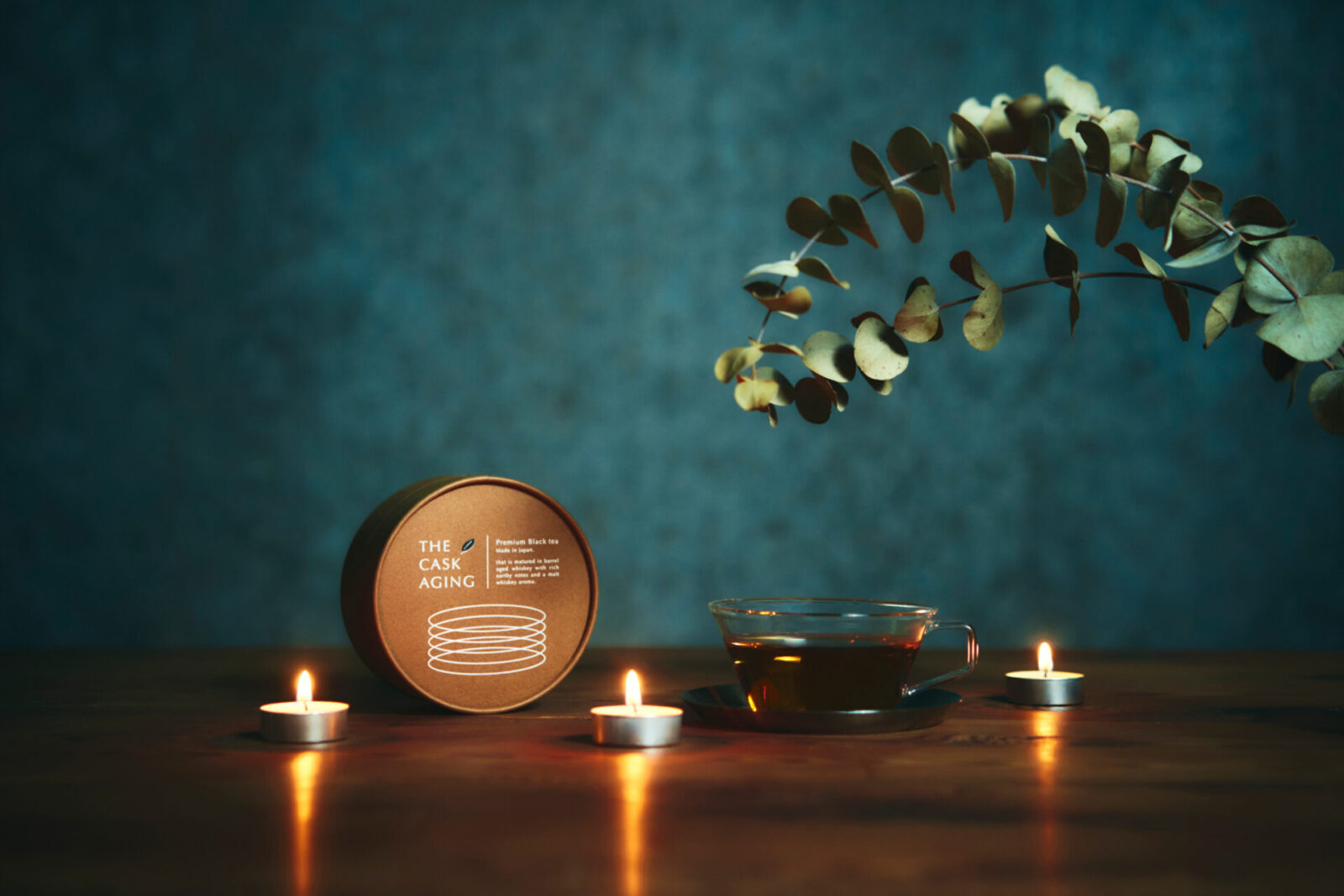
“Tea is a tool for making human generosity tangible”
To find out more about his creative ways in which he navigates life and the “path” of tea, we visited Iwamoto’s office in Tokyo as well as his factory in Shizuoka.
What the tea room teaches about the “generosity of giving”
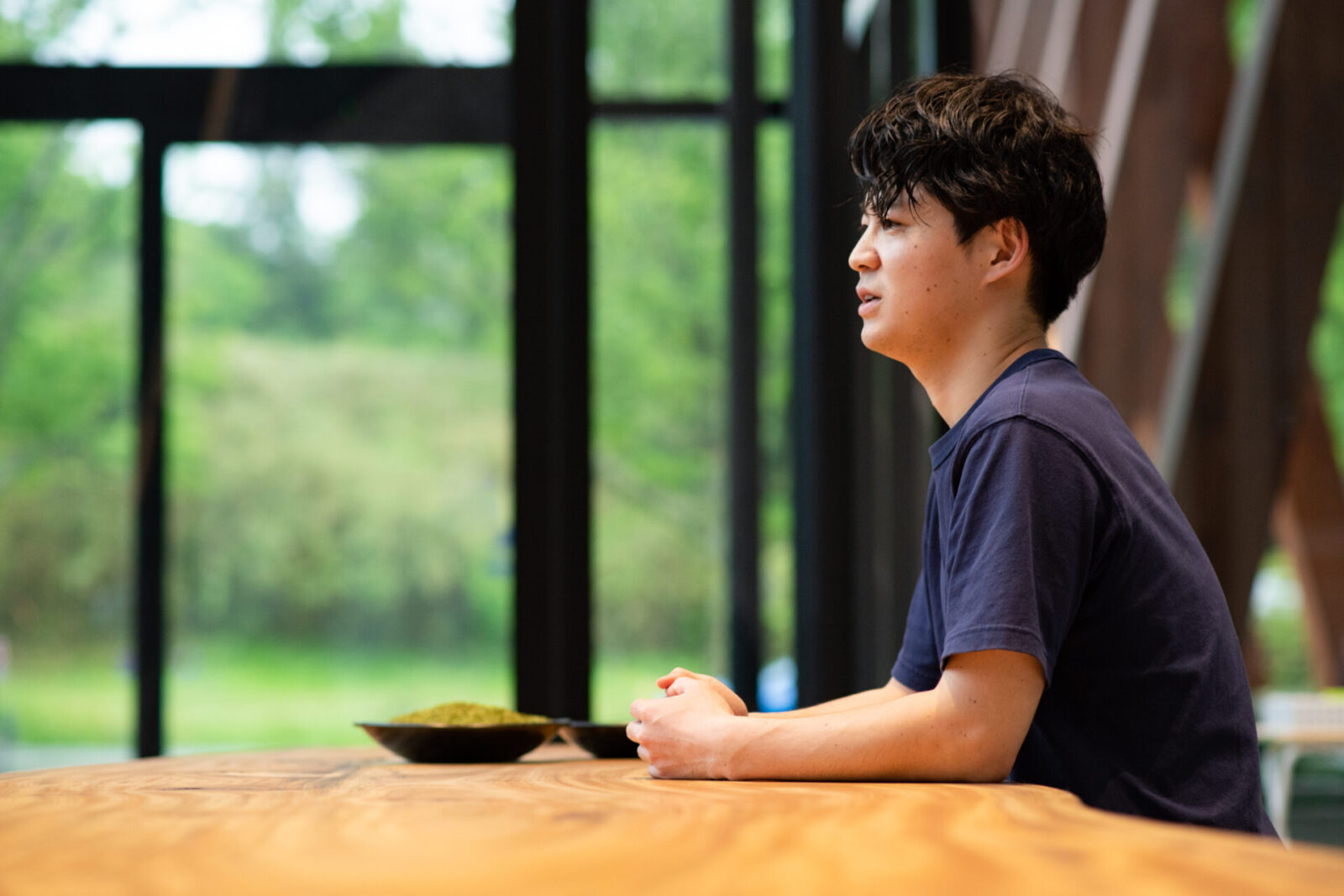
We asked Iwamoto what tea means to him. Instantly, he replied “It is generosity.”
“Tea is a tool for making human generosity tangible. The act of giving makes everyone happy, whether you are facing yourself, others, or your environment. I want to make our society kinder by creating a cycle of generosity.”
If it were to be described in English, it’s not quite “kindness” or “tenderness,” but “generosity,” which includes the loving emotions in the act of giving.
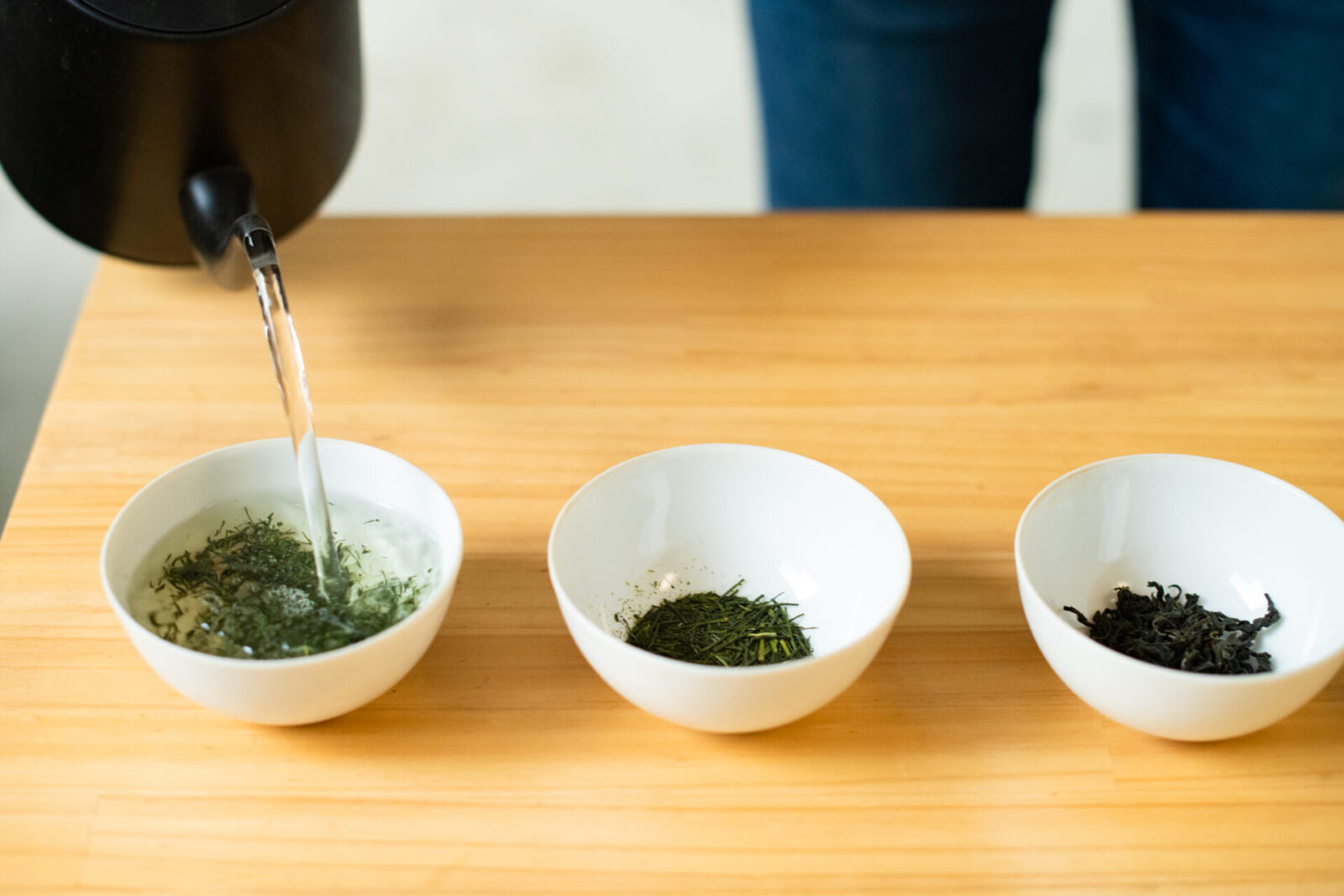
“I believe that human nature is fundamentally good, and that it manifests when we give something to others.”
“When I thought about what I could give to people through my products and spaces, I remembered what I felt in the tea room. I remembered how my teachers and other people dedicated so much of their time and effort to make a cup of tea for me.”
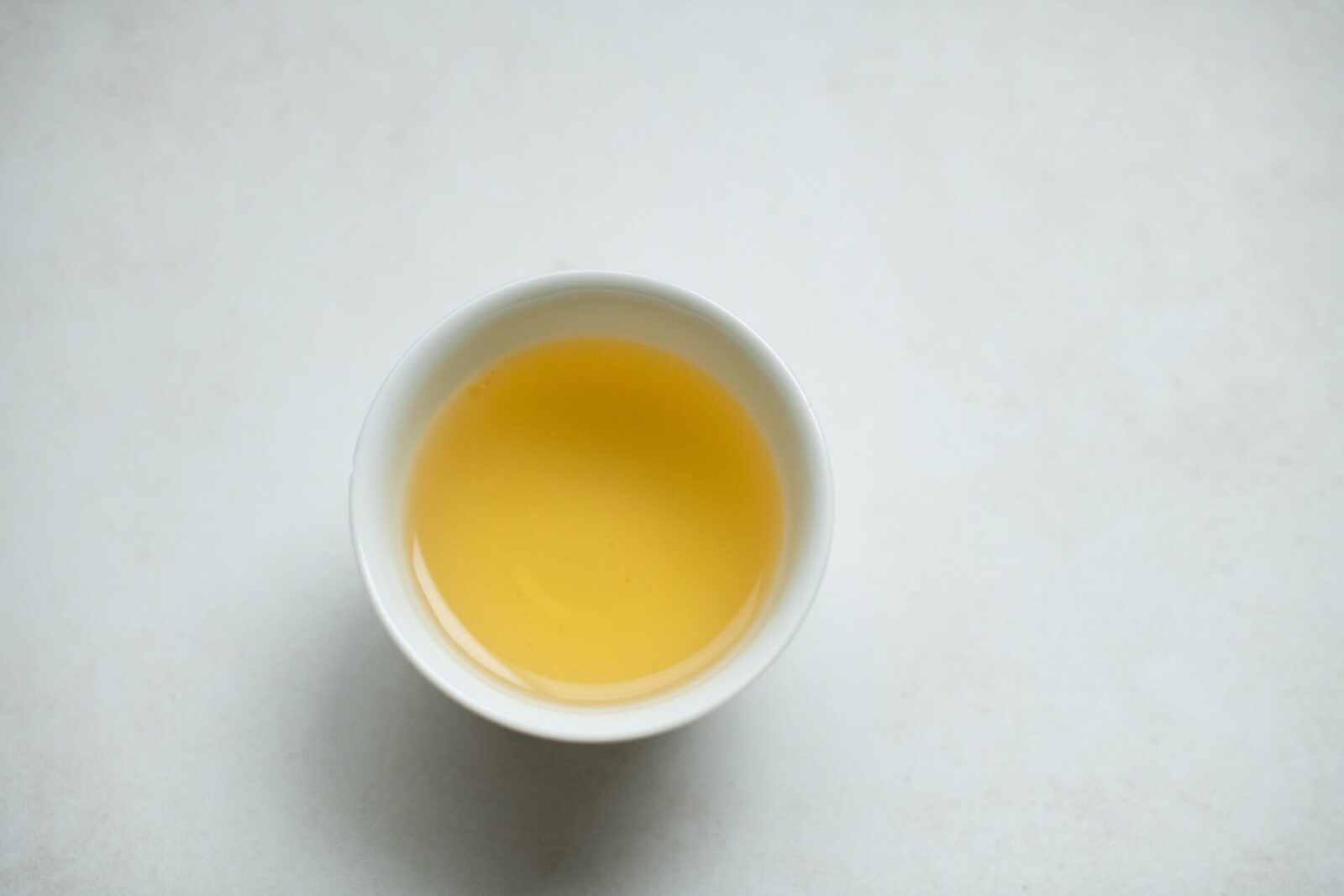
What made the tea room a special space
Iwamoto began training in Japanese tea when he was only 9 years old. He was inspired by the TV drama series “Kuitan,” which was broadcast in 2006. He was struck by the image of actor Noriyuki Higashiyama dressed in a kimono and performing a tea ceremony with perfect posture. He immediately asked his parents to enroll him in tea making lessons and began attending the Urasenke tea ceremony school in his hometown of Chiba.
We asked Iwamoto how he would describe himself as a child. He told us he never quite fit in at school or in group activities while growing up. For much of his early elementary school years, he often did not attend school.
From a young age, he instead immersed himself in other activities such as Kyokushin Karate and violin lessons, and learned that there were places outside of school where he could earn recognition. He even earned his black belt at the age of 9.
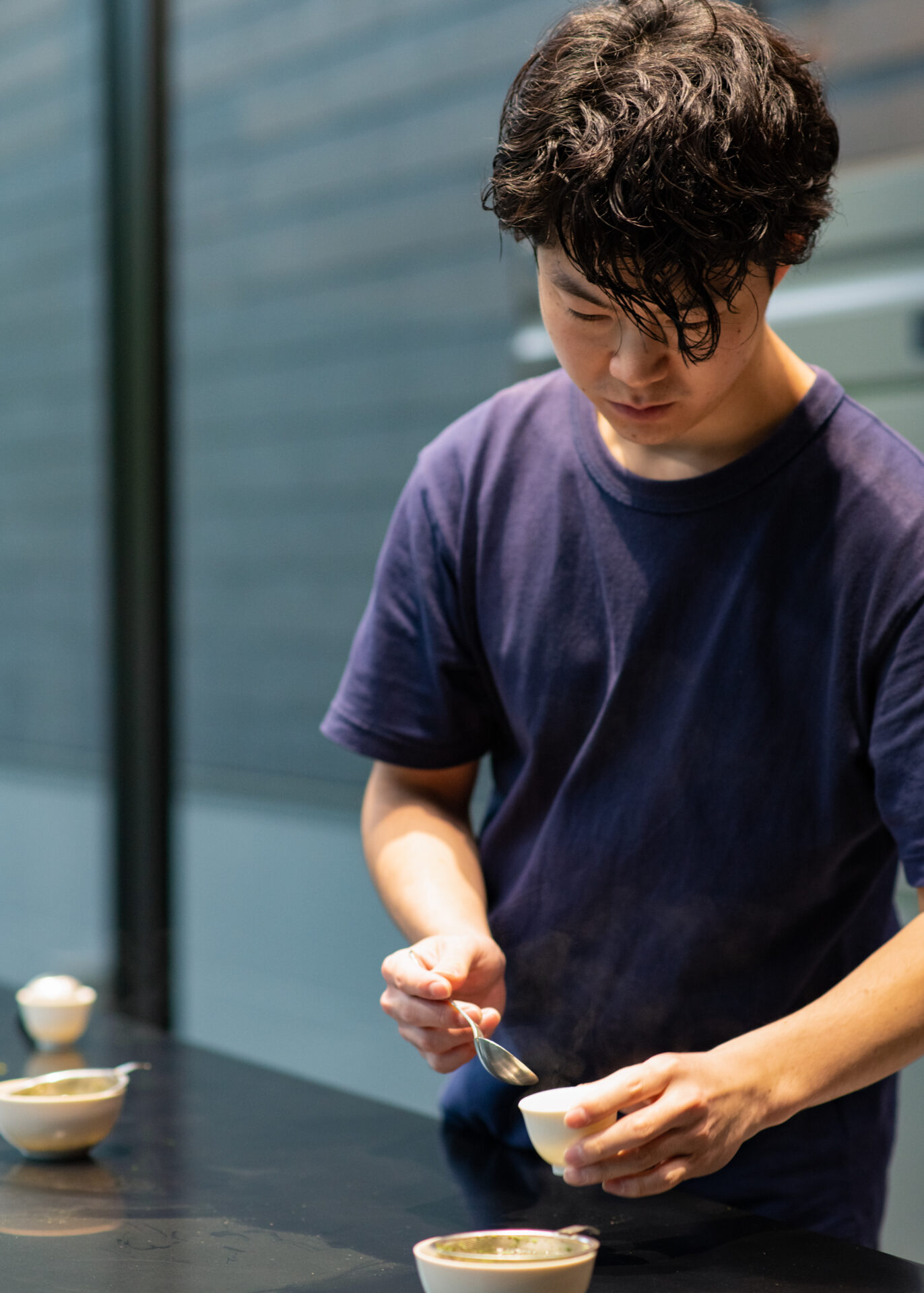
Among these activities, the tea ceremony room was a special place for him.
“Though I didn’t fit in with any social groups at school, the tea room allowed me to forgive and accept myself. The purpose of the tea room is to enjoy tea. It doesn’t matter who you are. It was really nice to have a space that accepted people simply for existing.”
Iwamoto says that the most fundamental value in tea-time is the act of facing oneself and others around you.
“The fundamental teachings of tea is about facing oneself and others. To face oneself means self-reflection. To face others means communication and providing hospitality. To face an object means to evaluate it. Outside of Japan, coffee shops and restaurants tend to be associated with entertainment. In Japan, tea is a way of life and a pillar to support a lifestyle. I find that very interesting about Japan.”
“In the tea ceremony room, you must face yourself. Only after developing an understanding of yourself can you begin to understand others. Then, you can show others respect and kindness.”
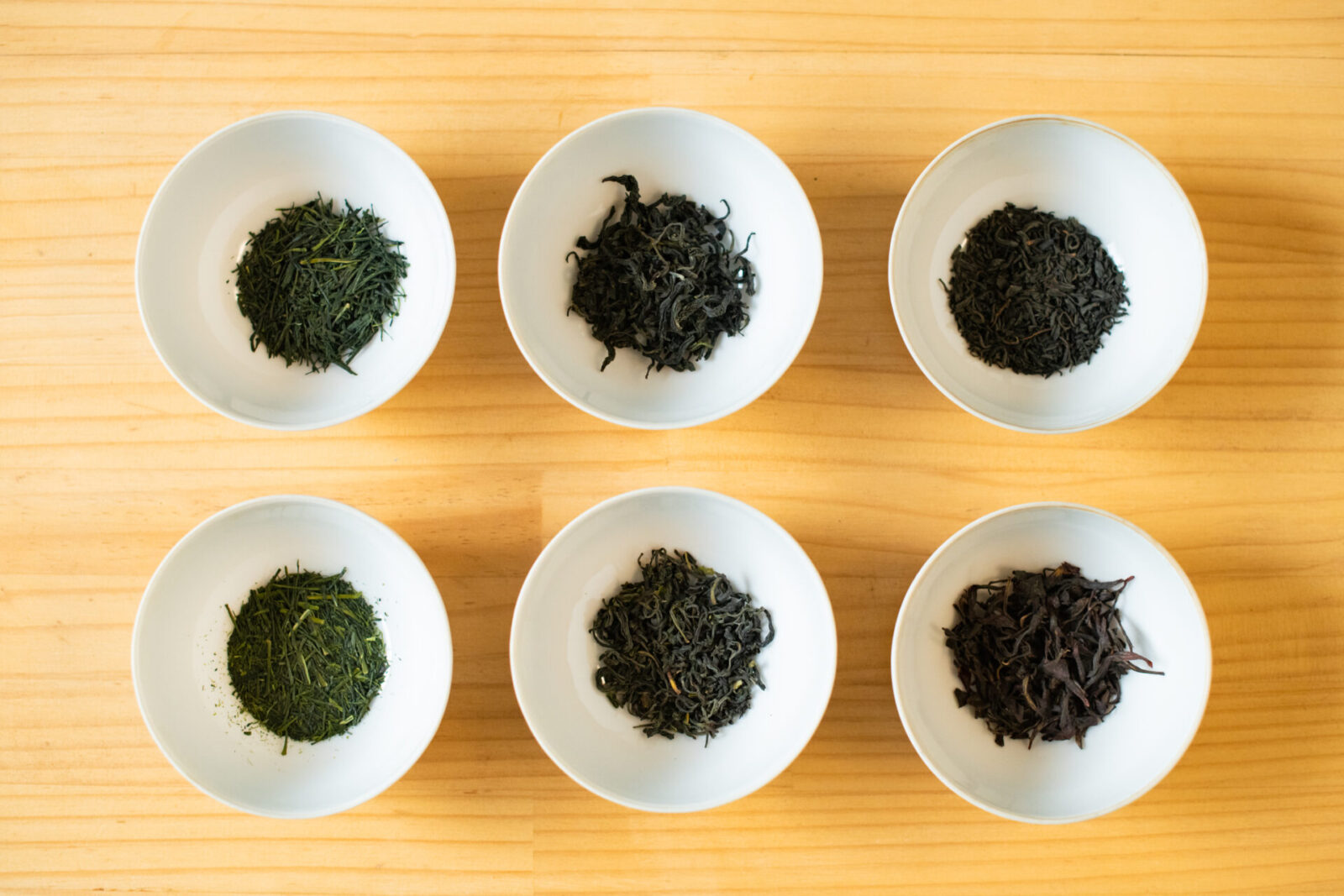
There was one thing in the tea ceremony school that Iwamoto found strange.
“We would ask the teacher two things about the tea: the name and the producer of the green tea. However, they would not know anything more about the tea, such as what variety it is.”
“In the tea ceremony room, tea is simply a method to embody a facet of our culture. When I stood on the cultural side, I felt separated from the production side of tea. On the production side, however, I felt that people respected the culture but knew very little about it. For me, I simply wondered why a tea teacher would know so little about the tea itself.”
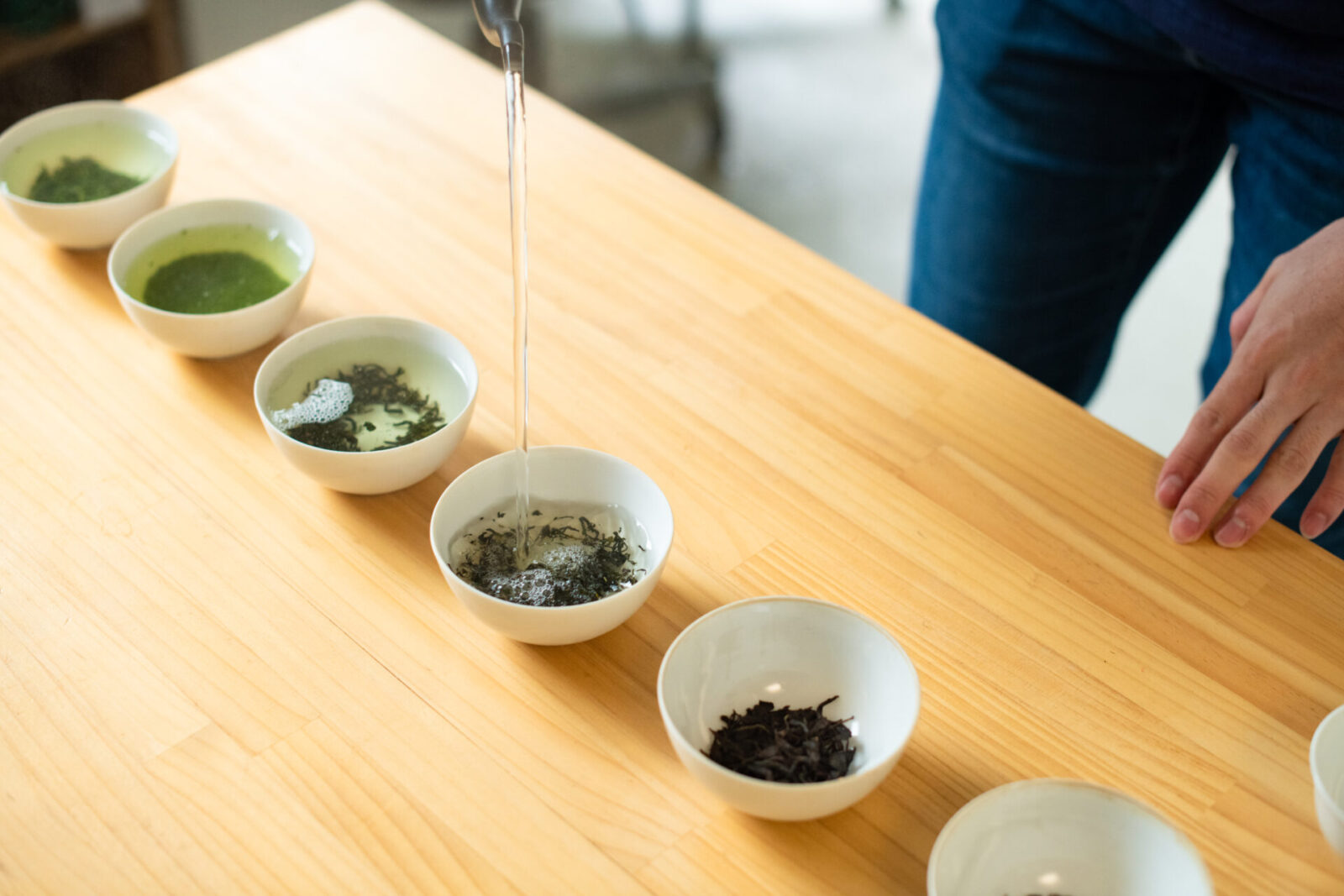
The fact that the “cultural” and “industrial” aspects of tea were so disconnected was troubling to Iwamoto.
While studying abroad in the United States and travelling around the world with his tea box, the same question followed him. Whenever he explained Japanese tea to people he met overseas, he naturally had to explain both the cultural and industrial aspects of tea.
“One of the teachings of Japanese tea ceremony philosophy is “Shukaku Ittai,” which means the host and guest are one and the same. I believe that this philosophy can be applied to the industrial world as well.”
“For example, hotels overseas have two parties: the service providers and the service recipients. The customer usually never stops being the receiver in these situations. However, customers think differently when they’re staying in a traditional Japanese inn. The customers are aware that they are a part of creating a pleasant experience for everyone, and make an effort to maintain the cleanliness of common bath and wash areas.”
Iwamoto has put a lot of thought into breaking down the appeal of Japanese tea ceremonies and explaining it logically in English.
“I believe that the aspect of the tea ceremony experience, in which the host and the guest work together to create the experience as a whole, is a characteristic that is vital to Japanese culture, and necessary for the commercialization and development of tea. It is a key aspect I introduce when presenting Japanese tea abroad.”
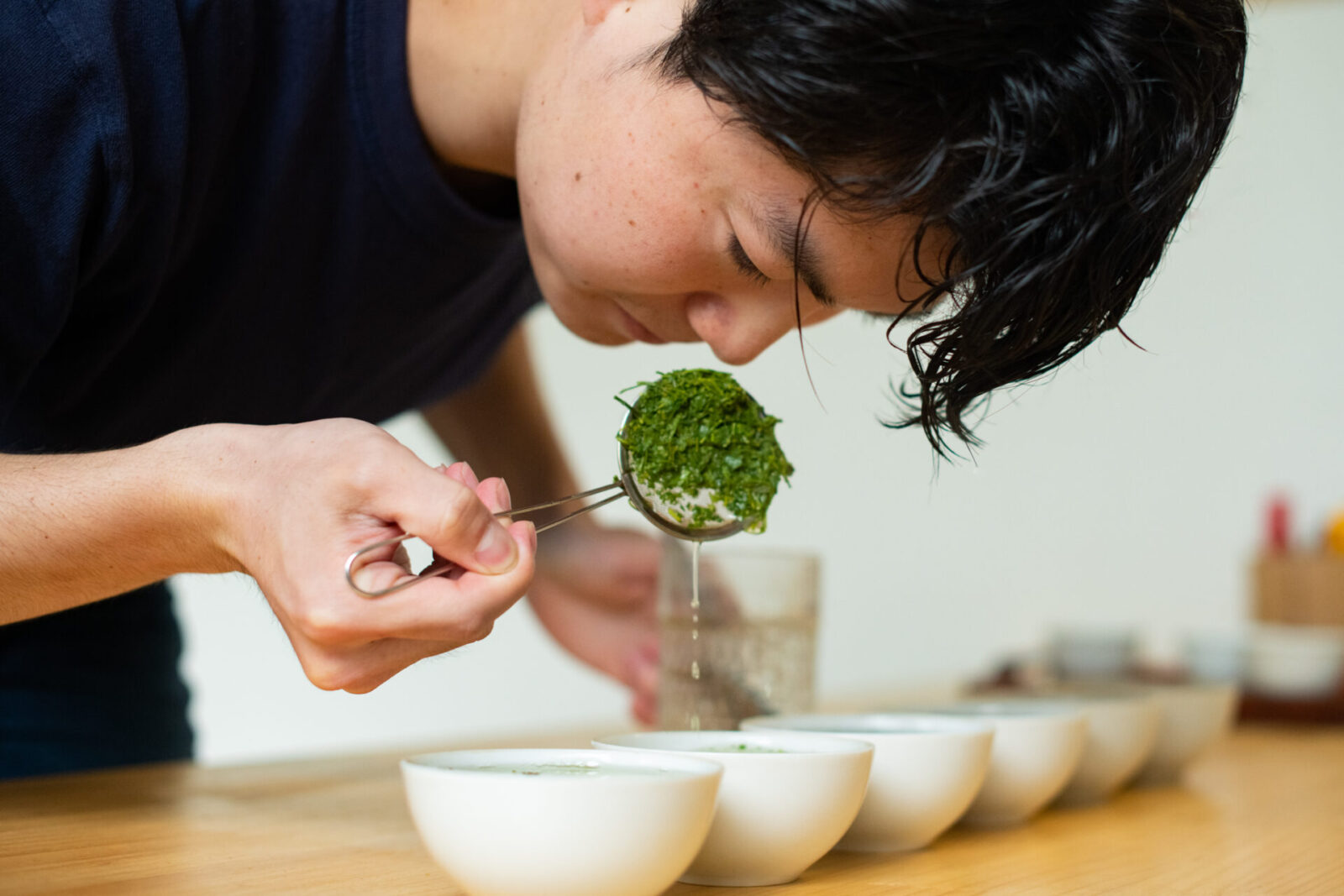
This is why TeaRoom places importance in connecting culture and industry.
“Tea represents the industry and product, while Room represents the culture and philosophy. The goal is to connect these two and popularize tea.”
“This is essential if you are going overseas. That is why we included the basis of our business goal into our company name. We want to build our business while also connecting culture and product.”
From tea farm and factory owner to tea producer
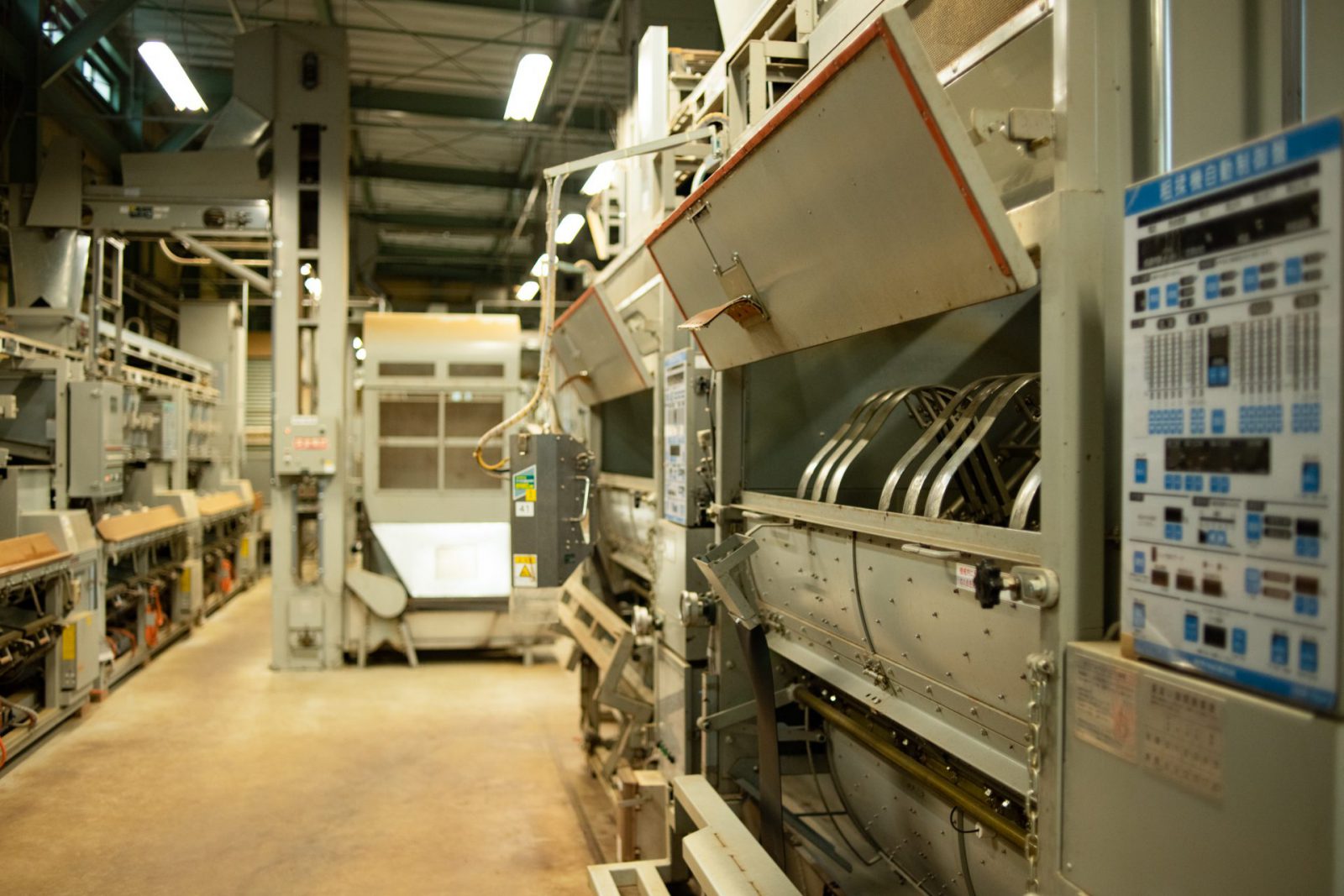
From tea production to sales, TeaRoom is involved in every process of the tea business. They are also engaged in a wide range of businesses, such as consulting restaurants and cultural businesses.
Currently, their main focus is addressing issues surrounding tea production.
“The biggest challenge the industry faces today is that tea growers are becoming overwhelmed. Prices are falling and there is very little profit. More and more people are leaving the tea farming business. I felt the need to experience this problem firsthand.”
In 2019, the company opened a facility in Okochi, Shizuoka City. They took over a former communal tea factory that had gone bankrupt and started producing tea leaves at a nearby plantation.
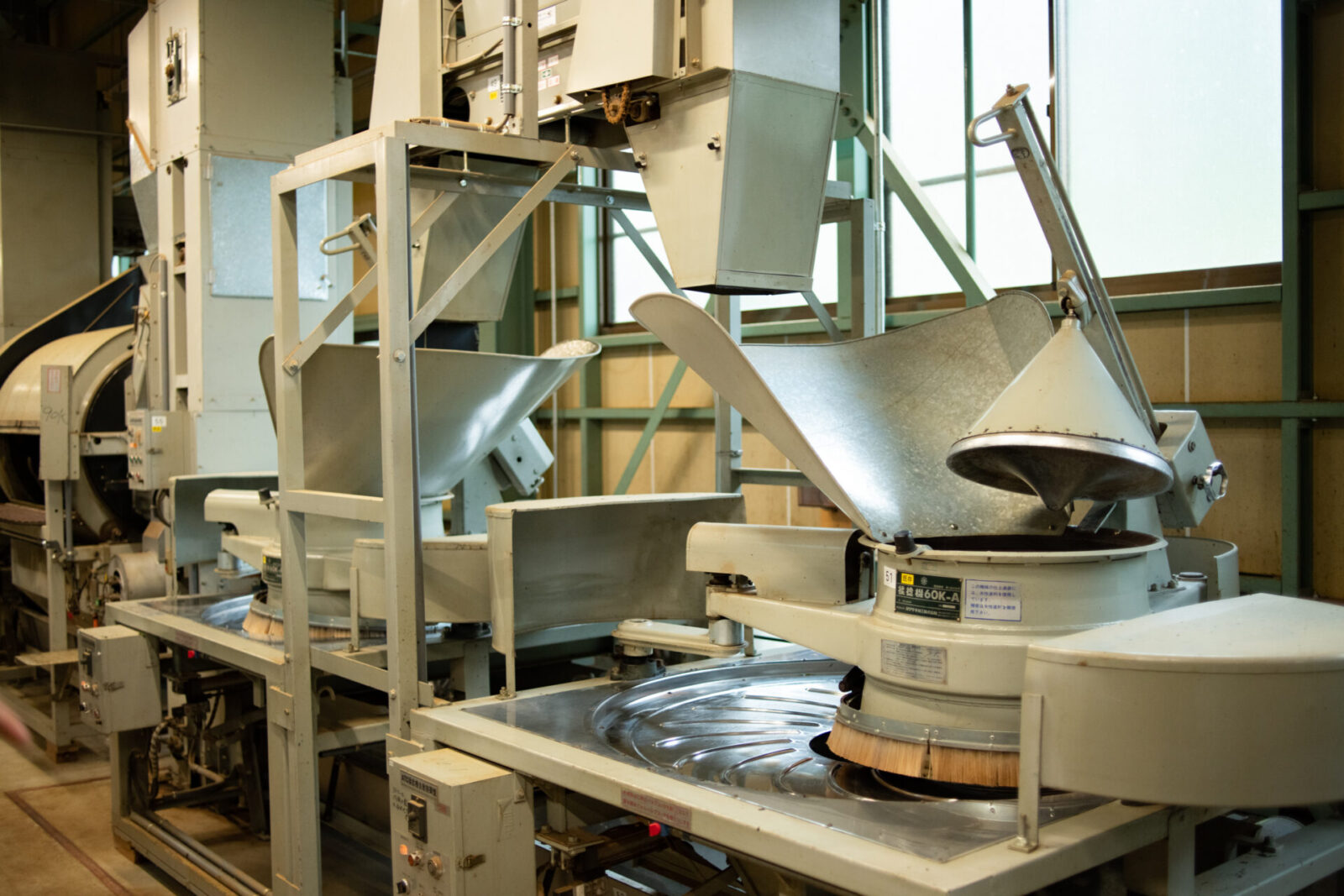
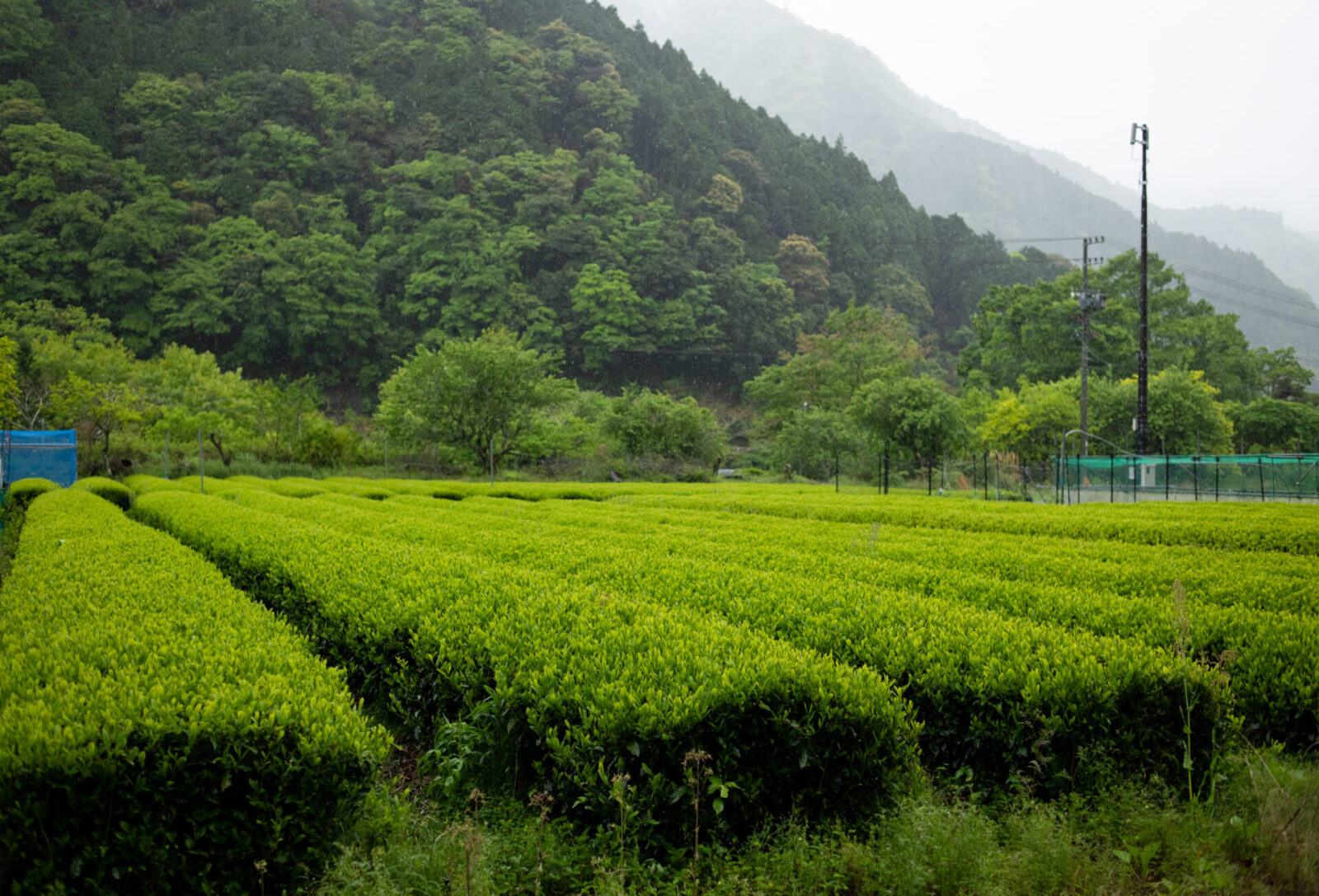
Founding members of TeaRoom, Yoshihiko Mizuno and Shuichiro Ikezaki, moved to Okochi, which is about an hour’s drive from JR Shizuoka Station.
They say they faced some opposition from locals at first. The sudden arrival of young people in this mountainous village was considered “suspicious” and they were treated like outsiders.
Iwamoto and his team paid numerous visits to the union leaders and shared their passion for the tea business. They formed a business partnership with Kakuni Chato, a famous tea dealer in Shizuoka, to build trust within the local community. Through steady communication, they gradually gained understanding from the local community.

Okochi is a mountainous region, formed by the flow of the Abe River. It is often surrounded by fog, and on the day we visited, there was a light rain which made the landscape look ethereal and almost like a painting.
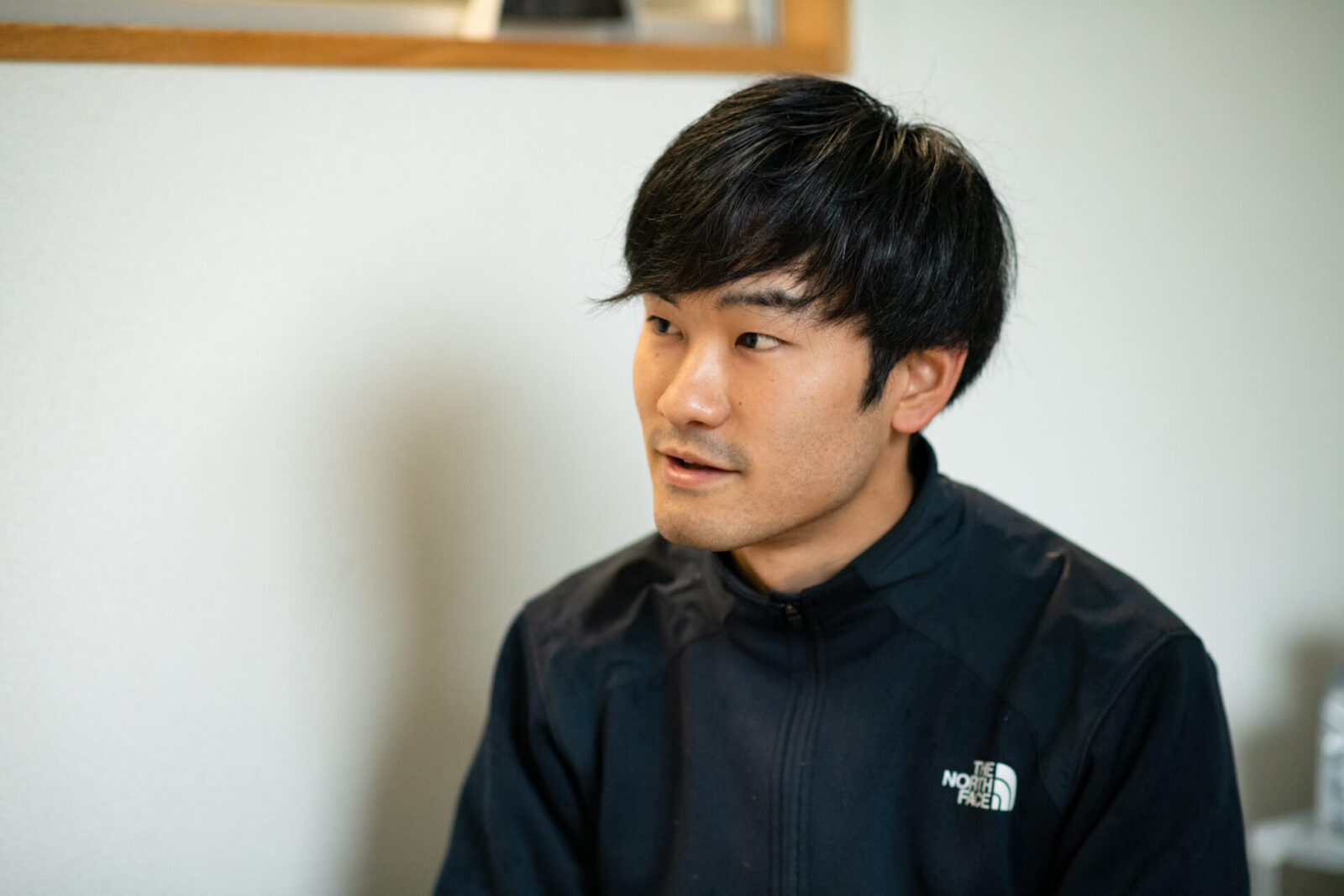
Mizuno moved to Okochi from Tokyo to grow tea. He says the geographical conditions of the region are “extremely suitable for tea production.”
“Shorter days make better quality tea,” he says. “When exposed to the sun, the amino acids that give tea its sweetness and flavor are converted to catechins, which makes it bitter.”
“There isn’t much daylight in the steep mountains of Okochi because the mountains block the sun. Furthermore, the fog helps to prevent direct sunlight. Gyokuro, a type of green tea made in shade, is usually made by covering the leaves with artificial shade, but the environment here creates these conditions naturally.”

Creating aromatic teas and new demands
TeaRoom is particularly focused on making tea with good aroma.
“The tea we produce is described as having the ‘aroma of the mountains.’ It is a unique aroma that can only be made through production in mountainous regions. Tea leaves that are harvested at the top of the mountain go through a process called “withering” while they are being transported down.”
“Withering” is a process in tea production where the harvested tea leaves are left in a well-ventilated area to wilt, which causes the leaves to release their aroma.
“Withering happens naturally here and oxidative enzymes work to promote fermentation and produce a fragrant tea.”

Iwamoto says there are perspectives he gained from working in tea production.
“The tea market grew to its size today largely due to the rise of the plastic bottled beverage market. Tea that was worth 0 yen started selling for 100 yen. However, tea then became unable to grow into something with a purpose beyond quenching thirst.”
“We believe there is a lot of untapped demand which will help tea thrive again. This is why we want people to reexamine the value of ‘tea time.’ We are developing new products to create added value to tea.”
After experiencing the hardships tea producers undergo first-hand, their determination to confront the problem solidified.
“We want to approach tea in a completely new way and create new demand so we can return profits to the tea producers. Our goal is to develop that cycle.”
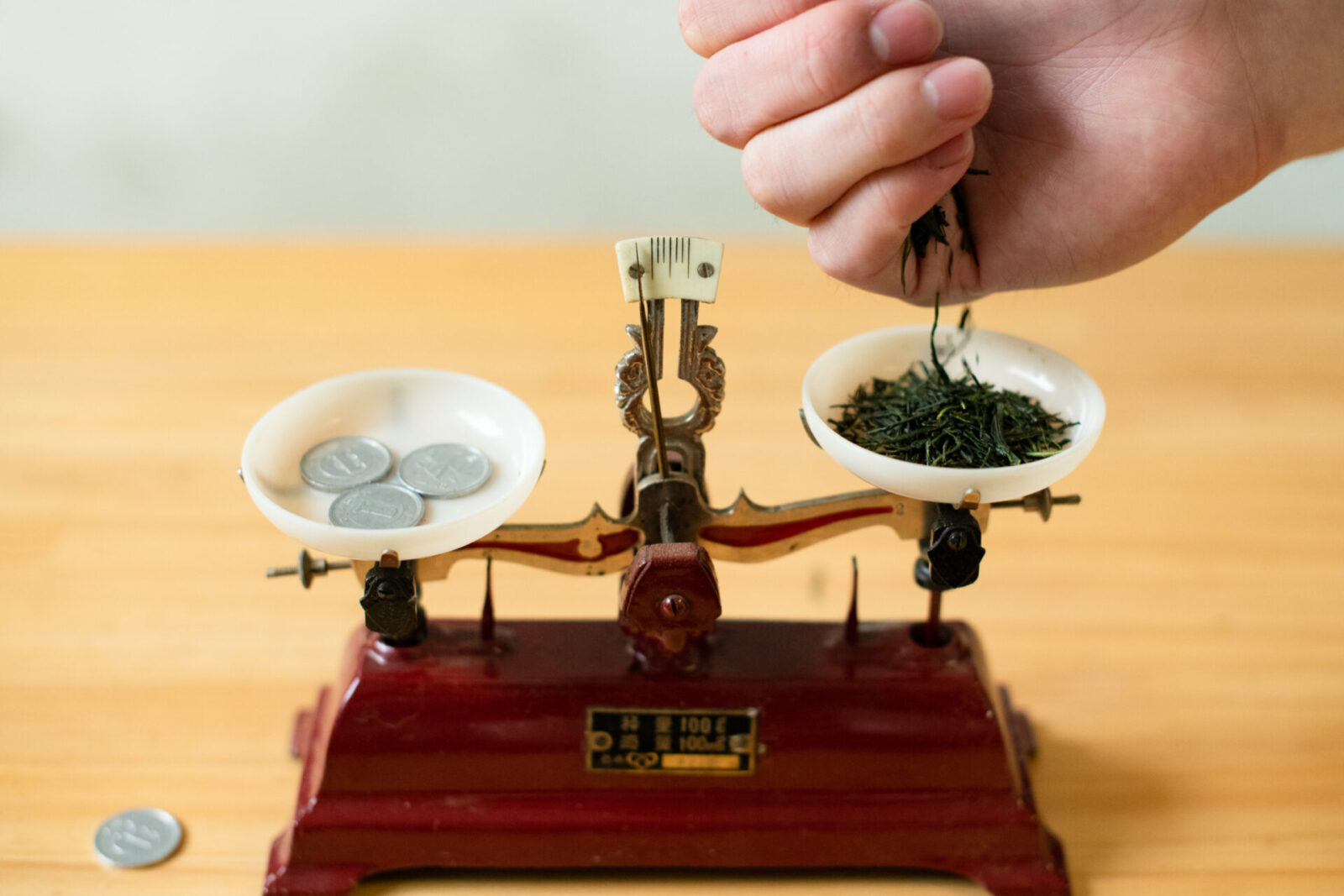
Enjoying the aroma of tea with Whiskey Tea and Craft Gin
Iwamoto takes the numerous ideas he gained through immersing himself in production, and turns them into new products.
TeaRoom provided the macha for the limited edition matcha green tea flavor to commemorate the third anniversary of the Mr. Cheesecake brand, and their Whiskey Tea made from aged Japanese black tea is also proving popular.
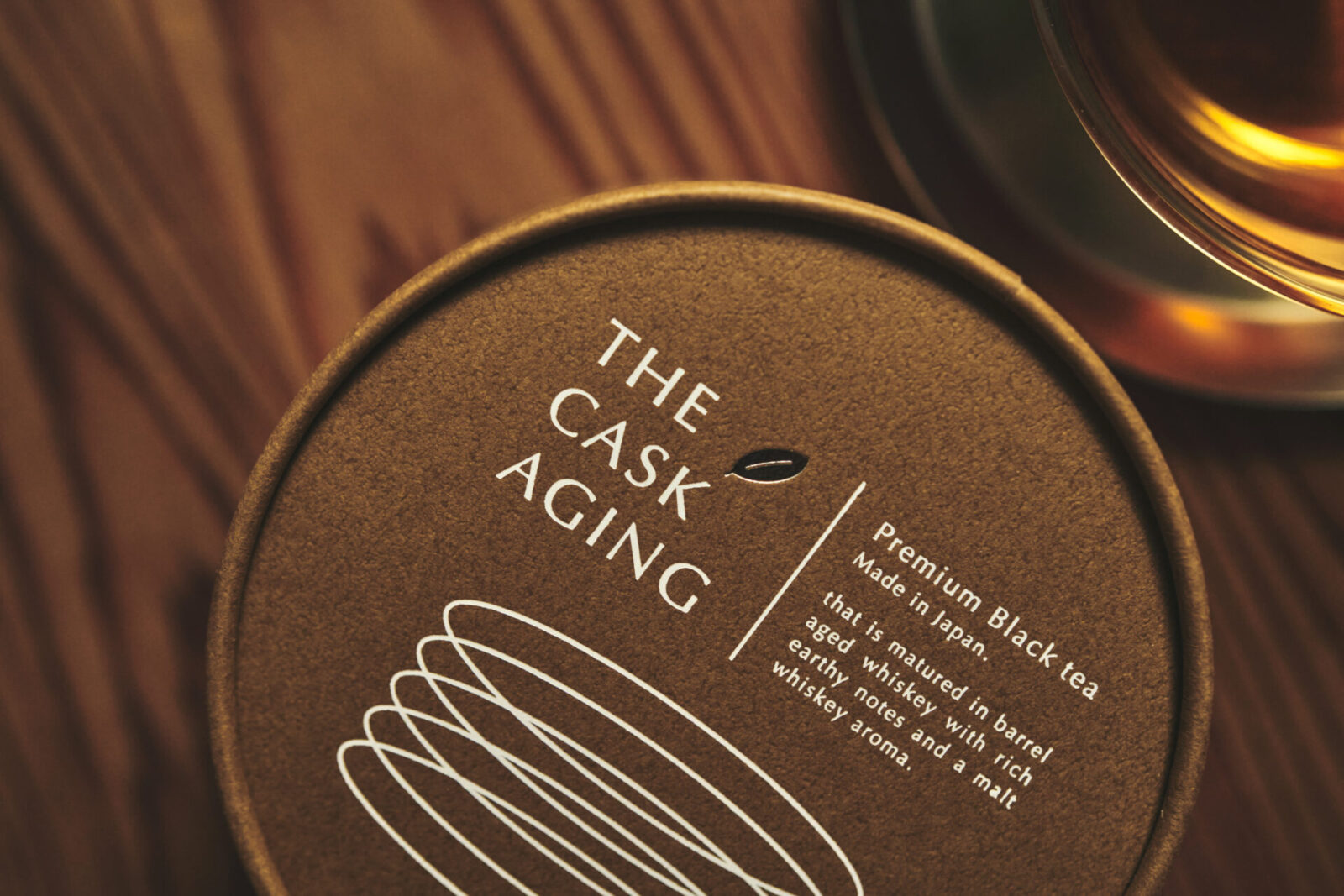
Another product is the “First Essence Tea Leaf Gin,” which uses raw tea leaves. In 2019, they collaborated with Tatsumi Distillery, a popular craft gin producer based in Gujo, Gifu prefecture.

“I began with thinking about the appealing traits of tea that farmers would only know, and then came up with ideas of turning raw tea leaves into a product. Rather than conforming to products that were already available, I felt the need to change my perspective.”
This is when he turned his attention to the fragrance of withered raw tea leaves.
“Withered tea leaves have a juicy fragrance, similar to green apples, pineapples, and mangos. It also has a fresh green aroma reminiscent of forest bathing. When distilled, this aroma can be extracted.”
“Craft gin has been garnering attention for its ability to bring out fragrances. Gin tea has a clean and refreshing taste. I thought there could be a large target consumer range because it would not only attract gin enthusiasts, but people who enjoy fruity liquor such as plum wine and lemon sours as well.”
A taste of the tea gin, and your senses fill with an elegant fragrance.
The tea producers describe the fragrance as “the tea plantation on a rainy day.” It is easy to drink and leaves just the right amount of bitterness from the tea. It was unlike any flavor experienced before.
Evangelist of a new “Tea Time”
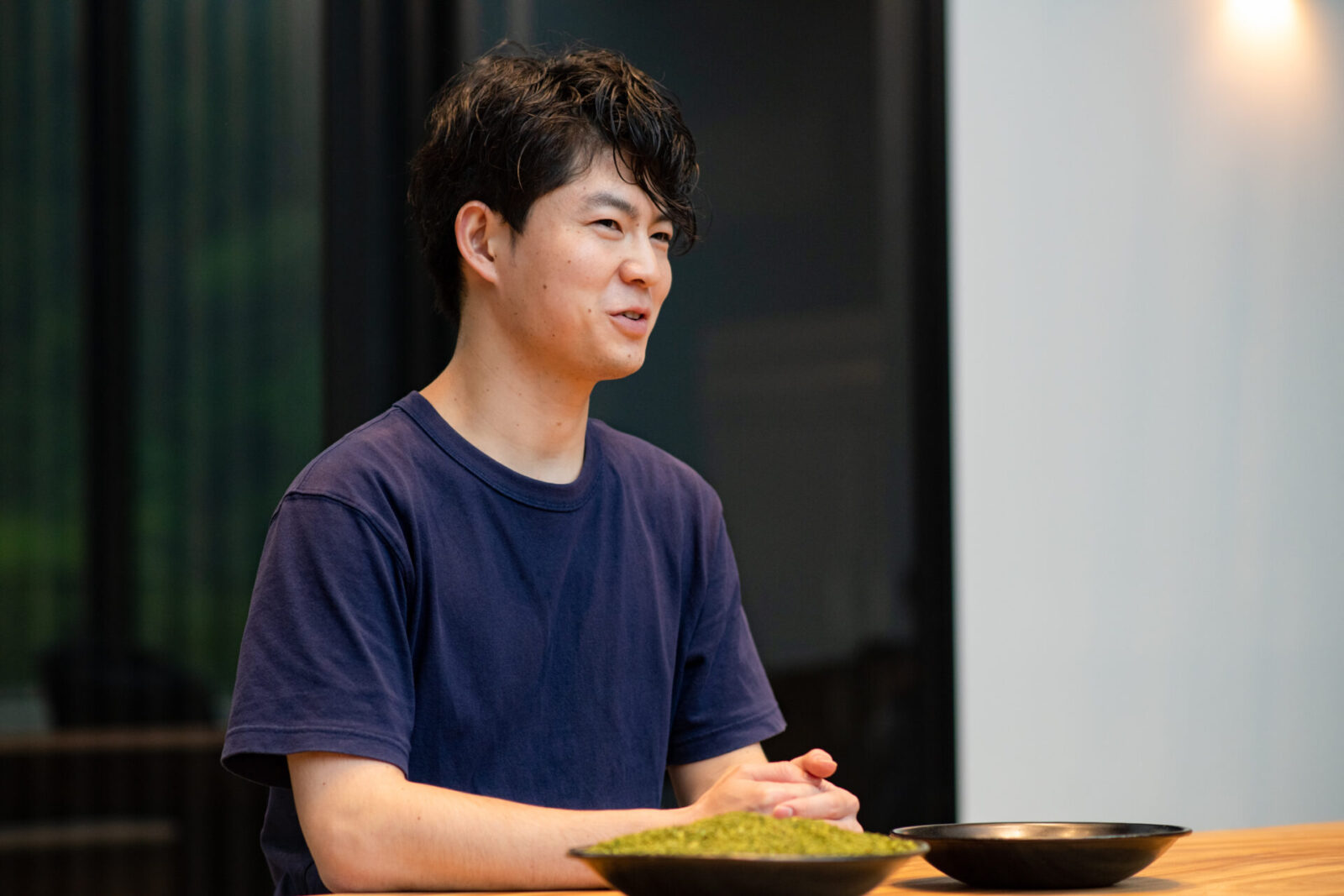
“Tea is a way of life.”
Iwamoto speaks with confidence. He chooses simple words to describe the essence of the philosophy of Japanese tea.
During our visit to the factory and tea plantation in Shizuoka, we tasted their tea and craft gin. When we were immersed in the world of tea produced by TeaRoom, it felt as though we were given a moment to reflect on our own lifestyles.
To face tea, to face oneself, and others, and to “give” an experience and space that melts time — tea in the current age connects to our way of living through new products.
Today, Iwamoto, driven by the generosity earned during his early days in the tea world, travels to all regions in Japan as an evangelist of a new “tea-time” the world has yet to experience.
Photos: Yuko Kawashima
Born in 1990, Nagasaki. Freelance writer. Interviews and writes about book authors and other cultural figures. Recent hobby is to watch capybara videos on the Internet.
Editor and creator of the future through words. Former associate editor of Huffington Post Japan. Became independent after working for a publishing company and overseas news media. Assists in communications for corporates and various projects. Born in Gifu, loves cats.
